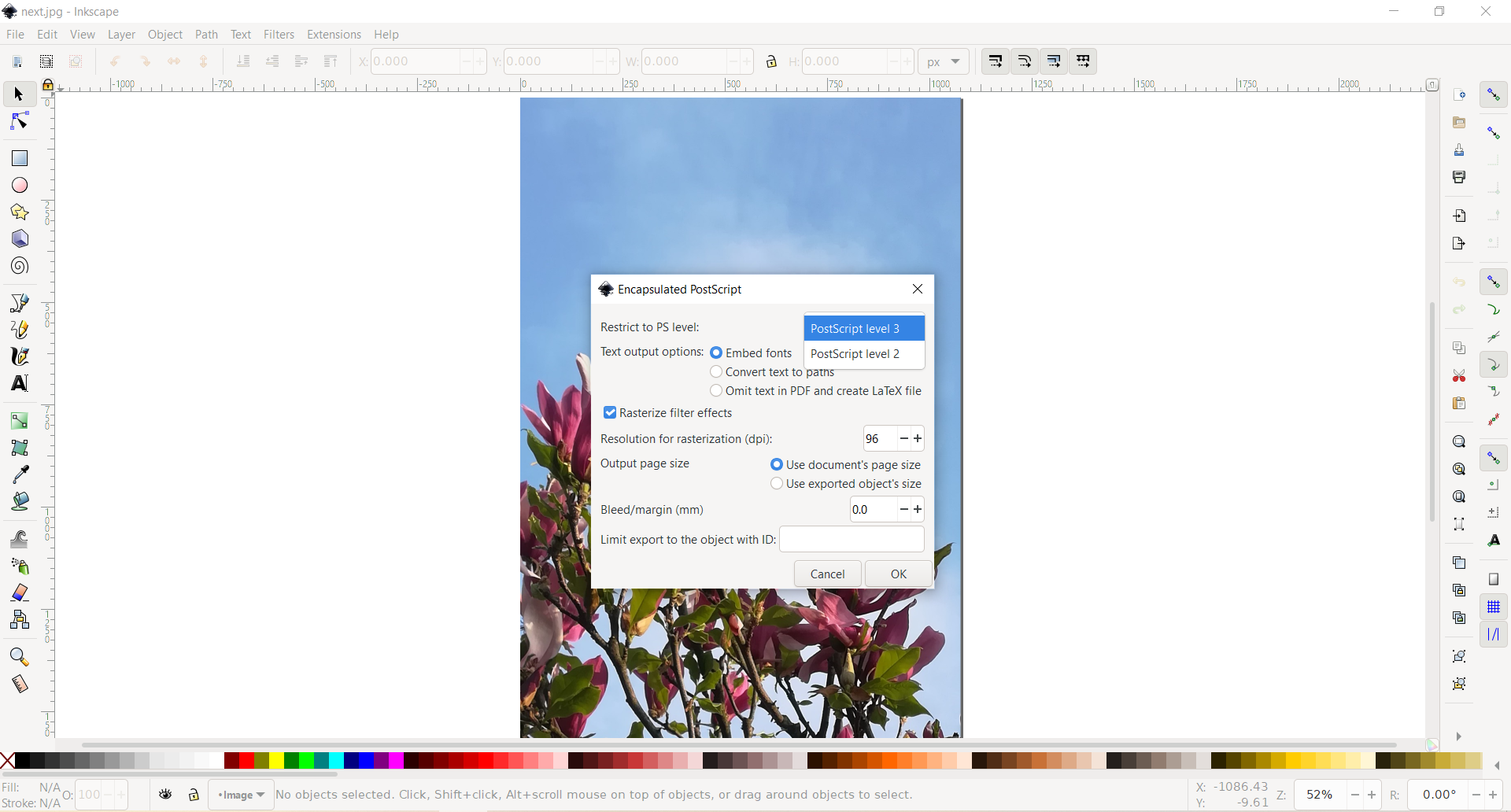

Most image-editing programs support either raster or vector formats, but rarely both.

This makes them more suitable for technical drawings like diagrams, schematics, and clipart illustrations. Unlike raster images, they don't have a specific resolution, so they don't loose any quality when you resize them. When you zoom in on a raster image, you'll see the individual pixels, so they lose quality when they're resized.īy contrast, SVG files are vector images, composed of a series of mathematical nodes, lines, shapes, and curves. This is because PNG files are raster images, which are composed of individual pixels. You generally can't just save a PNG into an SVG file using your favorite image-editing program, as you can when converting between formats like JPEG and PNG. You can also upload multiple files at once to convert large numbers of PNGs and SVGs in minimal time.Ĭonverting a PNG image file into the SVG format isn't like other file conversions. This tool is completely free to use, despite the outputs being comparable in quality to paid converters. While SVG and PNG are two very different file formats, you can use our proprietary converter for quick and easy PNG vectorization. Vectorize your PNG images by converting them to the popular SVG format – quickly, easily, and for free.


 0 kommentar(er)
0 kommentar(er)
